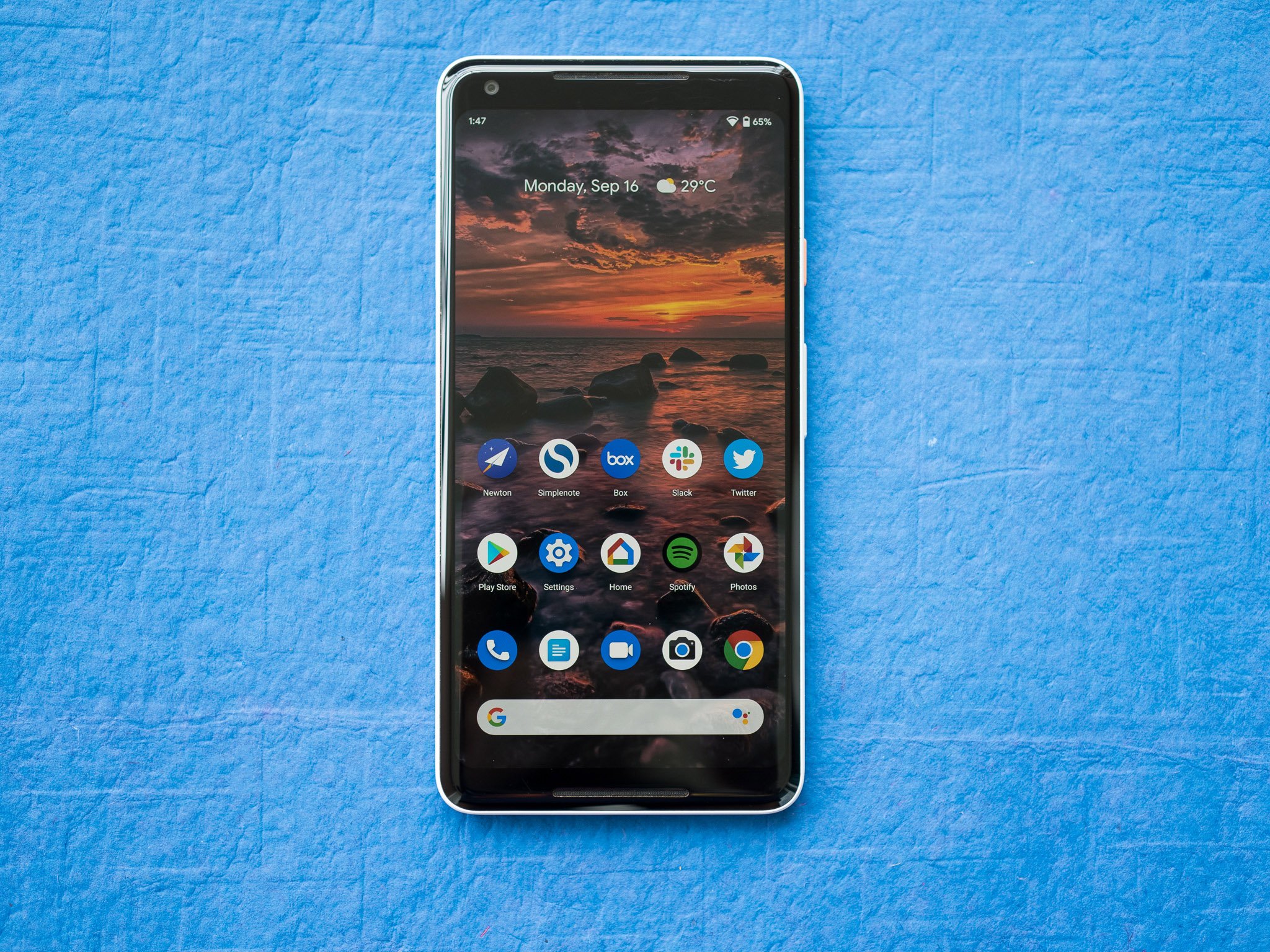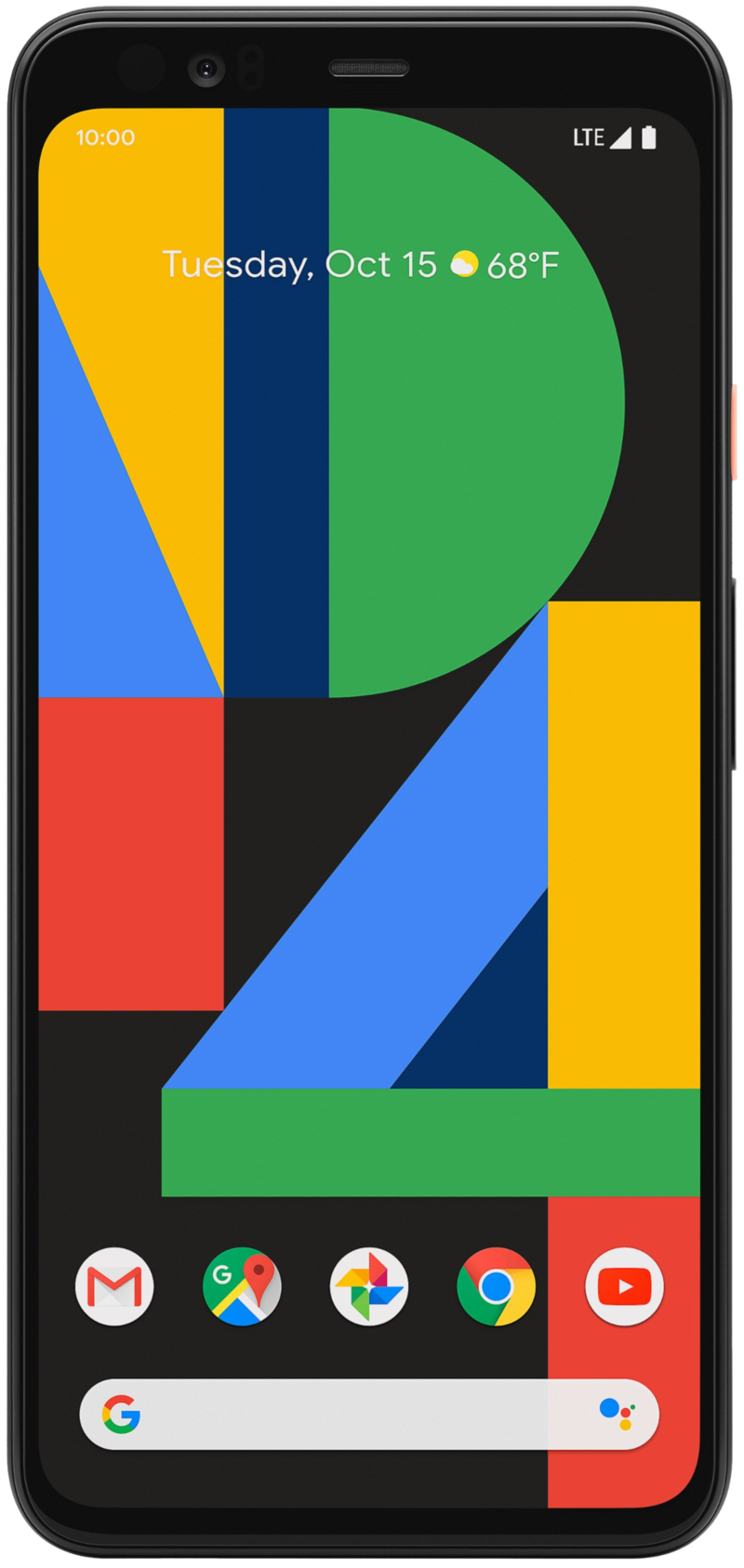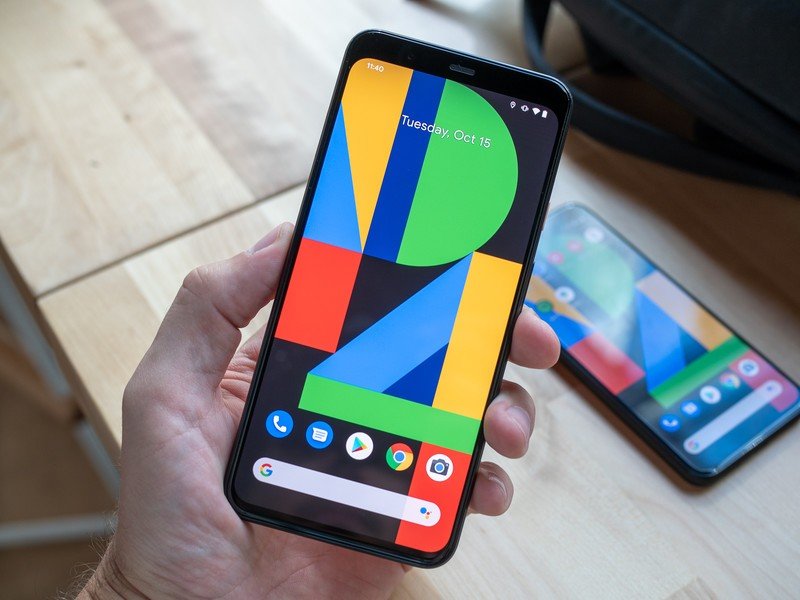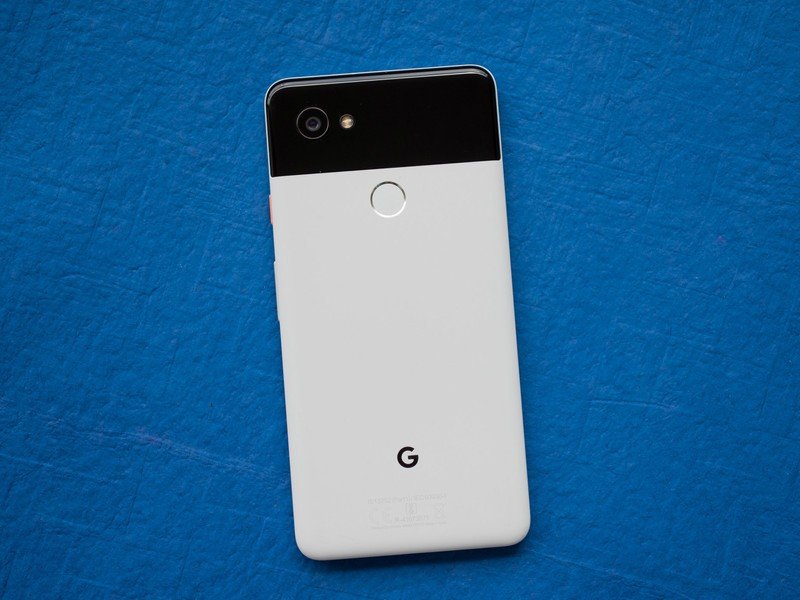Pixel 4 XL vs. Pixel 2 XL: Should you upgrade?

Google Pixel 4 XL

The Pixel 4 XL offers exciting upgrades in just about every area. The 90Hz QHD+ panel is stunning, and a significant improvement over the lackluster display on the Pixel 2 XL. You'll also find two cameras at the back, wireless charging, a Soli chip that enables Motion Sense, and 6GB of RAM as standard.
Google Pixel 4 XL
Obvious upgrade
Google Pixel 2 XL

The Pixel 2 XL is a decent enough phone in 2019, but that display just doesn't cut it anymore. Colors look washed out, and the OLED panel isn't anywhere in the same league as the Pixel 4 XL. If you're still rocking the Pixel 2 XL, do yourself a favor and pick up the Pixel 4 XL.
Google Pixel 2 XL
Time to move on
Google has managed to do keep the design language consistent across the Pixel line, and you can see the evolution of the design from the Pixel 2 XL to the Pixel 4 XL. That said, there are welcome upgrades under the hood, including a screen with high refresh rate, wireless charging, refreshed internal hardware, and a new radar chip.
Here's why you should upgrade to the Pixel 4 XL from the Pixel 2 XL

Google hasn't made too many design changes from the Pixel 2 XL to last year's Pixel 3 series, but we do see a few tweaks this time around. You can see the evolution of design from the 2 XL to the Pixel 4 XL, and the two-tone finish with a glass dome is making way for a cleaner look. The highlight at the back is now a square camera module that houses two sensors — a main 12.2-megapixel shooter joined by a 16-megapixel telephoto lens.
The Pixel 4 XL has noticeable bezels up front for the Soli hardware, and in this regard the phone shares a lot of similarities with the 2 XL. The bottom bezel is thinner, however, as the primary speaker is now located at the bottom next to the USB-C port. The white option — it's called Very White this time — has an orange power button that adds a bit of flair to the design, similar to what you get on the white option of the Pixel 2 XL.
The Pixel 4 XL offers meaningful upgrades in every single area from the Pixel 2 XL.
Google is offering sizable hardware upgrades with the Pixel 4 XL, including a 90Hz QHD+ display that's one of the best you'll find on any phone today. With the Pixel 2 XL featuring a sub-par OLED display riddled with issues, that's a welcome change. The high refresh rate immediately makes a difference in day-to-day usage, with every interaction instantaneous. That's a big deal. What also makes the Pixel 4 XL that much more enticing is the fact that there's no cutout this time around.
There's no fingerprint sensor on the Pixel 4 XL; you'll have to use face unlock exclusively. The feature is pretty standard on Android these days, but most brands rely on a software-driven system that's not as secure as a fingerprint sensor. That's not the case on the Pixel 4 XL — it uses an IR-based system that works in conjunction with the Soli radar hardware, and is highly secure. You'll be able to use the feature to authorize Google Pay transactions or access your bank's app.
Get the latest news from Android Central, your trusted companion in the world of Android
Soli also enables Motion Sense, which lets you skip through songs or silence incoming calls just by waving your hand over the screen. Motion Sense works with Spotify, YouTube Music, YouTube, Amazon Music, and a few other streaming services, and it is likely we'll see more added to the list in the future.
| Category | Google Pixel 4 XL | Google Pixel 2 XL |
|---|---|---|
| Operating system | Android 10 | Android 10 |
| Display | 6.3-inch 90Hz OLED 2960x1440 (18.5:9) Gorilla Glass 6 HDR10 | 6.0-inch OLED 2880x1440 (18:9) Gorilla Glass 5 |
| Chipset | Snapdragon 855 1 x 2.84GHz Kryo 485 3 x 2.41GHz Kryo 485 4 x 1.78GHz Kryo 485 Adreno 640 7nm | Snapdragon 835 4 x 2.45GHz Kryo 4 x 1.90GHz Kryo Adreno 540 10nm |
| RAM | 6GB | 4GB |
| Storage | 64GB/128GB | 64GB/128GB |
| MicroSD slot | No | No |
| Rear camera 1 | 12.2MP, f/1.8 1.4um, OIS Dual Pixel PDAF | 12.2MP, f/1.8 1.4um, OIS Dual Pixel PDAF |
| Rear camera 2 | 16MP telephoto | ❌ |
| Front camera 1 | 8MP, f/1.8 Auto focus | 8MP, f/1.8 HDR |
| Connectivity | Wi-Fi ac, Bluetooth 5.0 AptX HD, NFC, A-GPS | Wi-Fi ac, Bluetooth 5.0 AptX, NFC, A-GPS |
| Audio | USB-C Stereo speakers | USB-C Stereo speakers |
| Battery | 3700mAh Non-removable | 3520mAh Non-removable |
| Charging | USB-C PD 18W | USB-C 3.1 18W |
| Water resistance | IP68 | IP67 |
| Security | Face unlock | Fingerprint (capacitive) |
| Dimensions | 158 x 76.7 x 7.9 mm 184g | 157.9 x 76.7 x 7.9mm 175g |
| Colors | Just Black, Very White, Oh So Orange | Just Black, Black & White |
Google hasn't altered the camera hardware for some time now — the Pixel 4 XL still has a 12.2-megapixel f/1.8 primary sensor — but it takes better photos because of numerous tweaks to the software algorithms. However, the standout feature this time around is the addition of a secondary telephoto lens, which adds that much more versatility to your shots. It's a shame that Google doesn't offer a wide-angle lens, but it is good to see a secondary shooter on a Pixel.

On the software front, the Pixel 4 XL has the next-generation Google Assistant with a redesigned interface and more features. The new Assistant will debut in the U.S. and make its way to other markets in due course of time, and should be rolling out to the Pixel 2 XL as well shortly. The Pixel 4 XL comes with Android 10 out of the box, and the Pixel 2 XL also picked up the update once the stable build rolled out last month. But with the Pixel 2 XL already two years old, it will receive security updates for only one more year.
Much better performance, and you finally get 6GB of RAM as standard.
The Pixel 4 XL offers a sizable boost in performance thanks to the Snapdragon 855 chipset, but what you'll like more is the fact that the phone has 6GB of RAM as standard. A common complaint with older Pixel phones was the middling 4GB of RAM, and Google is finally addressing this issue on its latest flagships. The same cannot be said of the internal storage, however: the base variant of the Pixel 4 XL still has 64GB of storage, which doesn't seem nearly enough for a $900 phone.
You also get a marginally larger 3,700mAh battery, but the gains are negated by the power-hungry 90Hz panel. That said, the Pixel 4 XL offers wireless charging, and it works over USB-C PD at 18W. The Pixel 4 XL has IP68 water resistance, allowing it to be that much more resistant to the elements.
Overall, the Pixel 4 XL has so much to offer. The new 90Hz display is fantastic, the design has picked up welcome tweaks, you get 6GB of RAM as standard, and the Snapdragon 855 chipset should hold its own for several years. There's also a secondary 16-megapixel zoom lens joining the 12.2-megapixel primary camera, wireless charging, and a secure face unlock system that's unlike anything on Android today. The PIxel 2 XL can't compare, so it's definitely time to upgrade.

Stunning 90Hz display, exciting cameras.
You should get the Pixel 4 XL for the cameras on offer, but the 90Hz display is a close second. You have to use it to believe just how good it is, and when you factor in the hardware changes and 6GB of RAM, the Pixel 4 XL is the best phone from Google yet.

Time to switch to a better display.
The Pixel 2 XL still has a lot going for it, but that display is just a letdown in 2019. And when you consider the fact that updates will end next year, you're better off making the switch to a Pixel 4 XL. You'll love the 90Hz display and the new camera features.

Harish Jonnalagadda is Android Central's Senior Editor overseeing mobile coverage. In his current role, he leads the site's coverage of Chinese phone brands, networking products, and AV gear. He has been testing phones for over a decade, and has extensive experience in mobile hardware and the global semiconductor industry. Contact him on Twitter at @chunkynerd.
